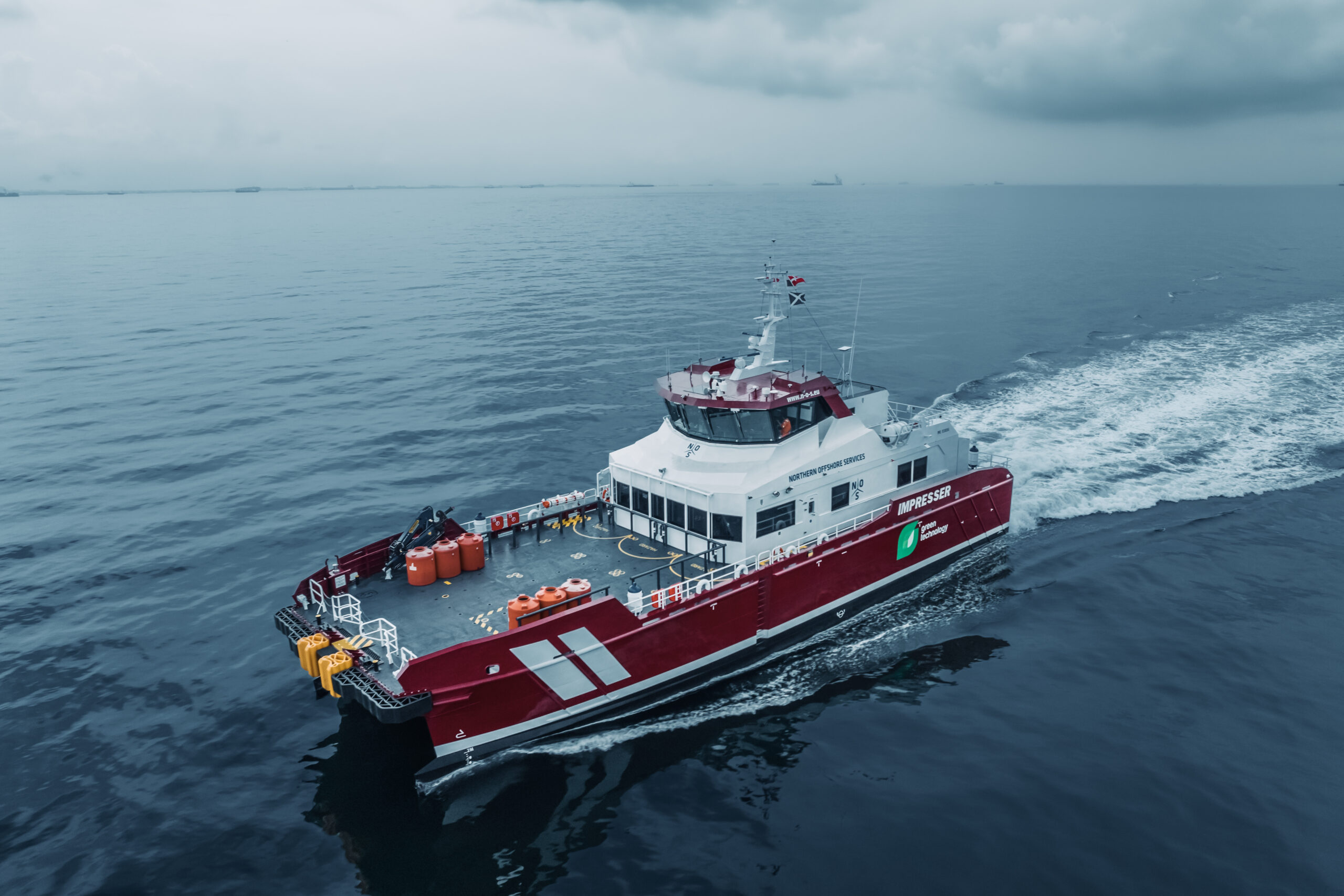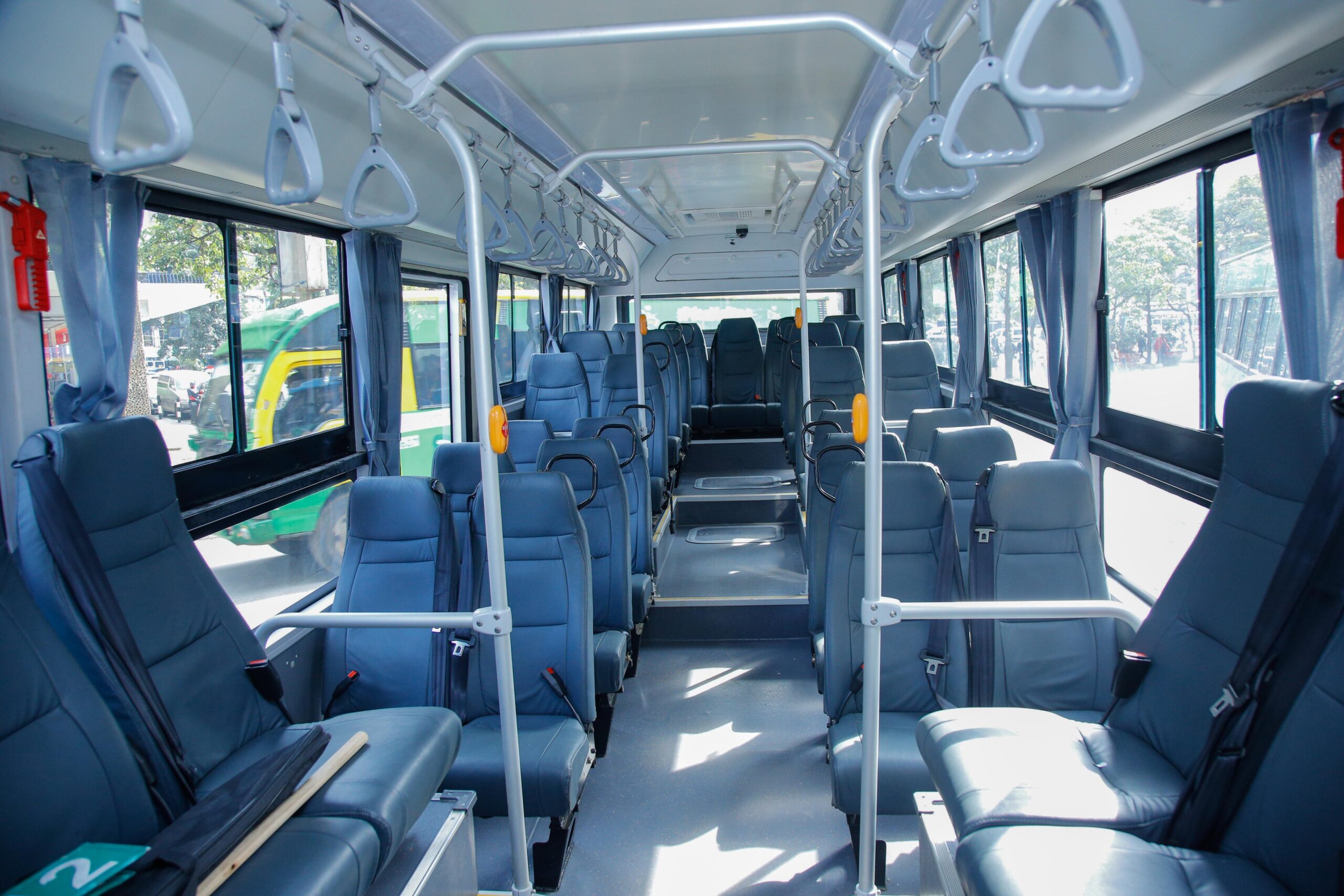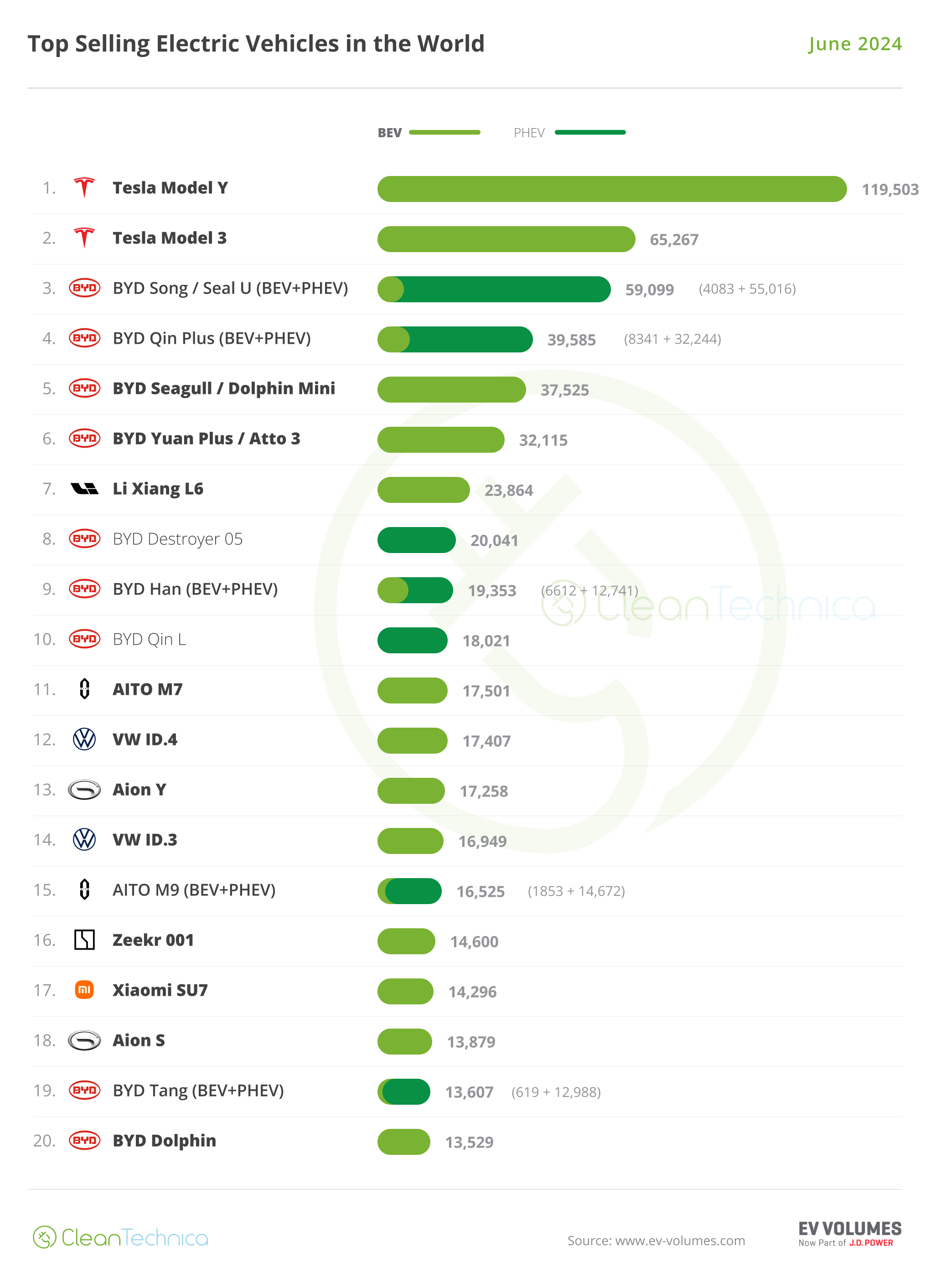With safety no longer being a box-ticking exercise but a true measure of employee engagement, Caterpillar Safety Services says it helps build a strong culture where safety practices are embedded across an organisation. To aid this, the company has launched two updates to its programs contributing to resilient safety cultures.
The updated Safety Perception Survey and a program focused on human and organisational performance that have recently been announced leverage Caterpillar Safety Services’ 50 years of operation, along with the latest research and approaches to address safety excellence within organisations.
Today, Caterpillar Safety Services says it assists companies with improving the four components of a resilient safety culture, where safety is approached proactively, and all team members take ownership of safety. This expands to programs featuring equipment from all OEMs – not just Caterpillar. The components include:
- System – clearly defined safety expectations embedded in policies and procedures to identify and mitigate risk;
- Mindset – a shared mindset that safety is everyone’s responsibility, people make mistakes and an environment of openness that makes people feel safe to speak up;
- Leadership – specific, consistent leadership behaviours at all levels of the organisation that positively influence people toward safe work; and
- Ownership – occurs when all levels fully engage in the creation and continuous improvement of the safety system.
Trinnie Cortez, Industry Consultant, Caterpillar Safety Services, said the latest updates reflected ongoing trends in the industry that are relevant to safety people and operators on the front line in mining.
“We, at Caterpillar Safety Services, are close to our customers and, with these updates, are recognising not only feedback from the field but also from our technicians working with equipment on a daily basis,” he told IM on the sidelines of the SME MineXchange Conference and Expo, in Phoenix, Arizona. “The updated Safety Perception Survey, for instance, is a product of continuously communicating with safety steering teams and the facilitation of working groups. We continue to evolve our offering in line with what the market tells us.”
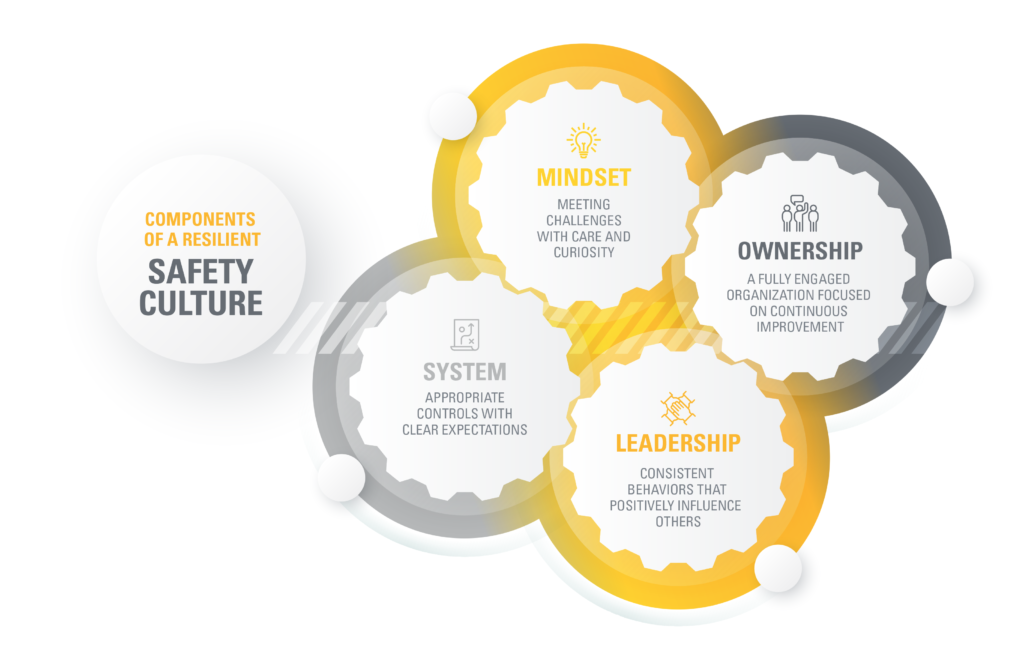
The Caterpillar Safety Services Safety Perception Survey analyses an organisation’s safety culture. Building on 35 years of research and study, the new survey updates language and modern concepts of safety culture excellence, adding questions related to psychological safety and human and organisational performance.
The new survey’s reports are streamlined with more modern visualisation of the data. They measure five safety activities – hazard identification, event learning, inspections, near miss and safety meetings – and address 11 cultural indicators, including caring climate, employee involvement, feedback, management credibility, training effectiveness and risk reduction. Importantly, they also show how safety is perceived differently among employees, supervisors and managers.
Human and organisational performance is a framework concept for talking about safety and creating a resilient safety culture, Caterpillar Safety Services explains. It is a mindset that allows organisations to build more error-tolerant systems by teaching leaders that expecting perfection from workers, processes, or procedures is not realistic.
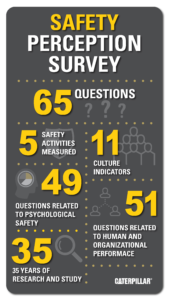 Caterpillar Safety Services says traditional methods of managing safety systems centre around designing policies, standard work and processes assuming work happens in a straight line. Management sets the expectations, tells workers what to do and the workers do it the same way, every day.
Caterpillar Safety Services says traditional methods of managing safety systems centre around designing policies, standard work and processes assuming work happens in a straight line. Management sets the expectations, tells workers what to do and the workers do it the same way, every day.
“This method, however, does not account for organisational factors that can disrupt the system, such as employees not having the right tools for the job and adapting or making tradeoffs because they are still required to meet production targets,” it said. “Nor does it account for the individual factors that impact a worker’s awareness, or lapses in attention due to events in his or her personal life, such as a family emergency.”
When workers deviate from the safety plan or make mistakes under the traditional model, they may be scrutinised or punished to attempt to improve safety, but this can have the opposite effect and lead to a weaker safety culture.
Using human and organisational performance principles, Caterpillar Safety Services applies a new understanding of human behaviour to safety, it says. Leaders create an environment where employees feel empowered to speak up to share their ideas, struggles and mistakes. The organisation learns to improve its safety system continuously.
“With this framework concept, we are recognising what real leadership is within a safety context,” Cortez said. “Building and promoting such leadership is key to getting the whole workforce engaged with programs for continuous safety improvements.”
This results in a more engaged and proactive safety culture with improvements in morale, retention, efficiency and profitability, according to Caterpillar Safety Services.
Caterpillar Safety Services assists organisations with implementation of human and organisational performance principles through its Leadership Development and Coaching program.
“Tailored to the specific needs and objectives of the individual leaders, the program includes a mix of workshops, assessments and individual face-to-face sessions,” Caterpillar Safety Services said. “It helps each leader understand their strengths and areas for development in safety management, demonstrates how a leader impacts the safety culture, and creates personalised development plans for all leaders that align with organisational goals and processes.”

